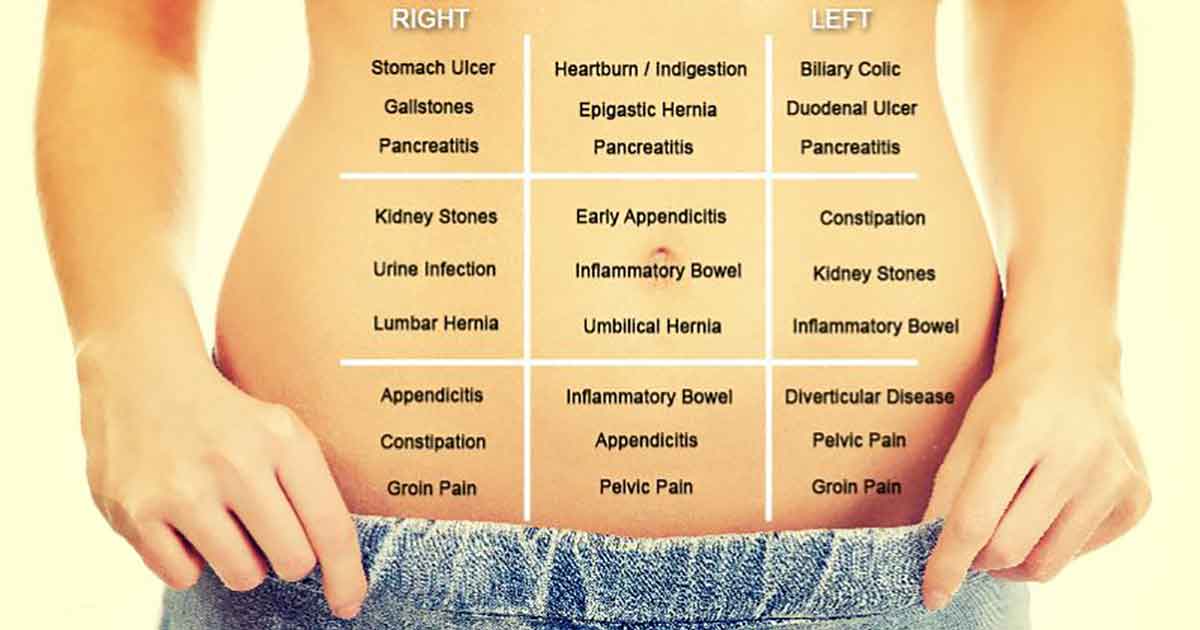Stones in your stomach. Gallstones: Symptoms, Causes, and Treatment Options Explained
What are gallstones and how do they form. What symptoms can gallstones cause. How are gallstones diagnosed and treated. Who is at risk for developing gallstones. Can gallstones be prevented through lifestyle changes.
Understanding Gallstones: Formation and Types
Gallstones are hardened deposits that form in the gallbladder, a small organ located beneath the liver that stores bile. These stones develop when substances in bile, such as cholesterol or bilirubin, crystallize and solidify. There are two main types of gallstones:
- Cholesterol stones: Yellow in color, these are the most common type, forming when there’s an excess of cholesterol in bile.
- Pigment stones: Dark brown or black, these develop when there’s too much bilirubin in bile.
The exact cause of gallstone formation remains unclear, but researchers believe it stems from a chemical imbalance in bile composition. This imbalance can result from various factors, including liver function, gallbladder emptying issues, and diet.

How common are gallstones?
Gallstones are surprisingly prevalent, affecting millions of people worldwide. In fact, studies suggest that up to 20% of adults may have gallstones at some point in their lives. However, the majority of these cases are asymptomatic, with only about 20% of individuals experiencing noticeable symptoms.
Recognizing Gallstone Symptoms: When to Seek Medical Attention
While many people with gallstones remain symptom-free, others may experience a range of discomforts. The most common symptom is pain, often referred to as a gallbladder attack. This pain typically occurs in the upper right abdomen or the center of the stomach and can be quite severe.
Other symptoms that may indicate gallstone complications include:
- Fever and chills
- Nausea and vomiting
- Jaundice (yellowing of the skin and eyes)
- Itchy skin
- Diarrhea
- Loss of appetite
- Rapid heartbeat
- Confusion
If you experience any of these symptoms, especially persistent pain or fever, it’s crucial to seek medical attention promptly. These could be signs of a gallbladder infection or inflammation of surrounding organs.
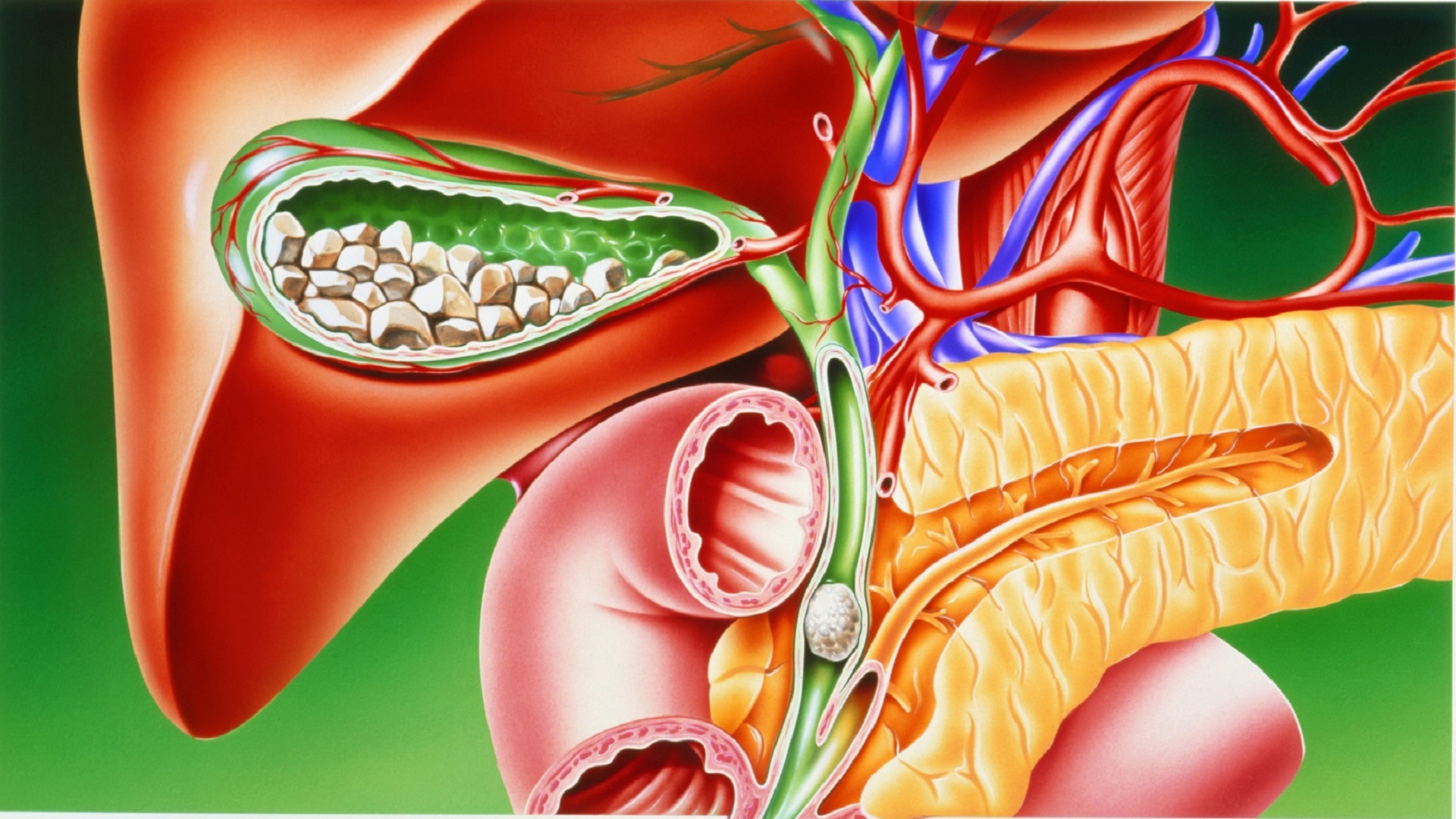
Can gallstones cause complications if left untreated?
Yes, untreated gallstones can lead to serious complications. These may include:
- Cholecystitis (inflammation of the gallbladder)
- Choledocholithiasis (blockage of the common bile duct)
- Pancreatitis (inflammation of the pancreas)
- Cholangitis (infection of the bile ducts)
These conditions can be life-threatening if not addressed promptly, underscoring the importance of seeking medical care when experiencing persistent symptoms.
Risk Factors for Gallstone Development: Who’s Most Susceptible?
Several factors can increase an individual’s likelihood of developing gallstones. These risk factors can be broadly categorized into lifestyle-related and genetic factors.
Lifestyle-related risk factors
- Obesity
- Rapid weight loss
- High-fat, high-cholesterol diet
- Sedentary lifestyle
- Type 2 diabetes
Genetic and uncontrollable risk factors
- Being female (especially during pregnancy or while taking estrogen-containing medications)
- Age over 60
- Native American or Mexican descent
- Family history of gallstones
- Certain medical conditions (e.g., cirrhosis, Crohn’s disease)
Understanding these risk factors can help individuals assess their likelihood of developing gallstones and take appropriate preventive measures.
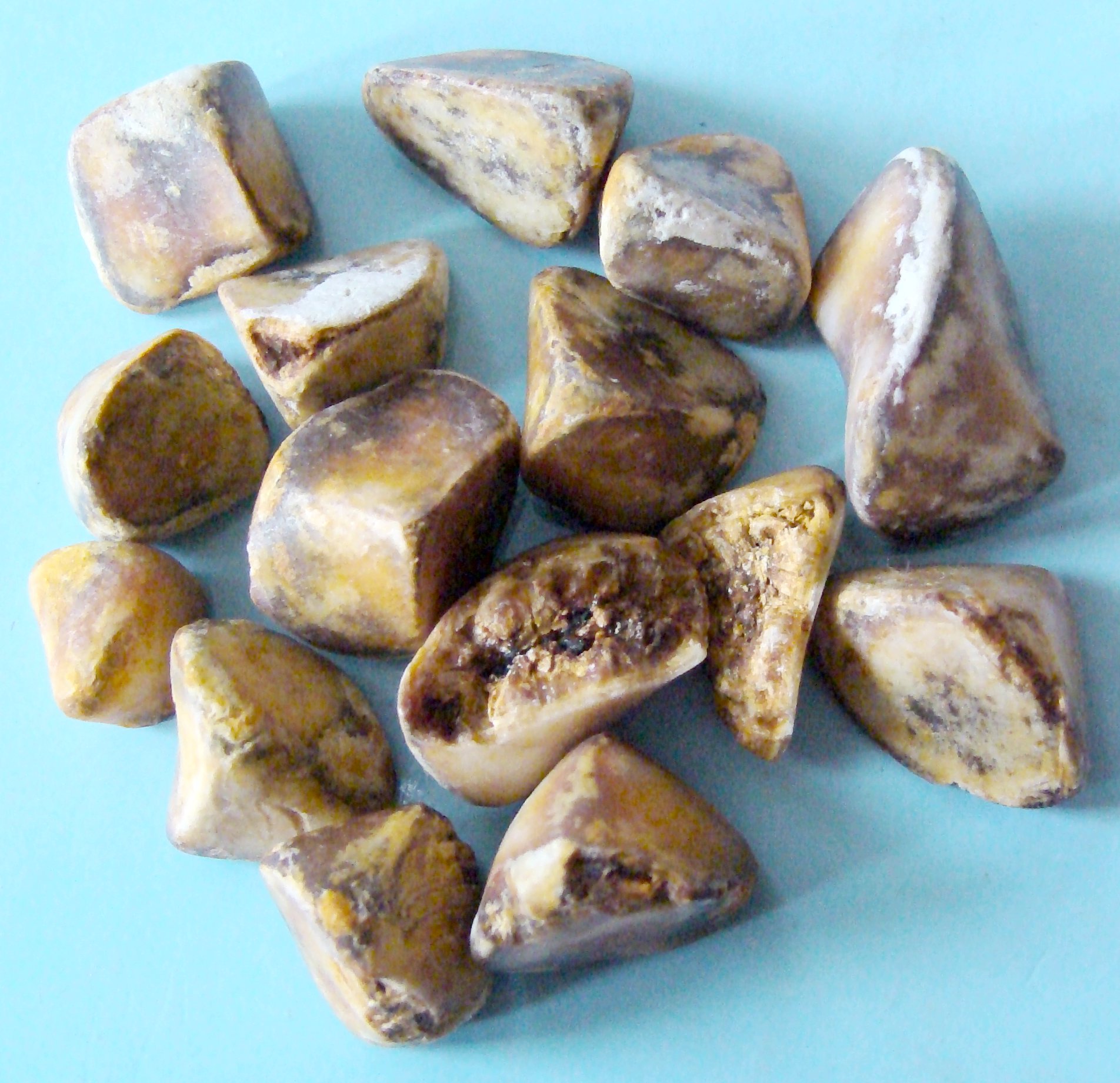
Diagnosing Gallstones: Advanced Imaging Techniques
When gallstones are suspected, healthcare providers employ various diagnostic tools to confirm their presence and assess any complications. The diagnostic process typically begins with a physical examination and may include the following imaging techniques:
Ultrasound
Ultrasound is the preferred initial imaging method for diagnosing gallstones. This non-invasive technique uses sound waves to create images of the gallbladder and surrounding structures. It can effectively detect the presence of gallstones and identify signs of inflammation or blockage.
Computed Tomography (CT) Scan
A CT scan provides detailed cross-sectional images of the abdomen. While not as sensitive as ultrasound for detecting gallstones, it can be valuable in identifying complications such as inflammation or infection.
Magnetic Resonance Cholangiopancreatography (MRCP)
MRCP is a specialized type of magnetic resonance imaging (MRI) that focuses on the biliary system. It can provide highly detailed images of the gallbladder, bile ducts, and pancreas, making it particularly useful for detecting small stones or blockages in the bile ducts.
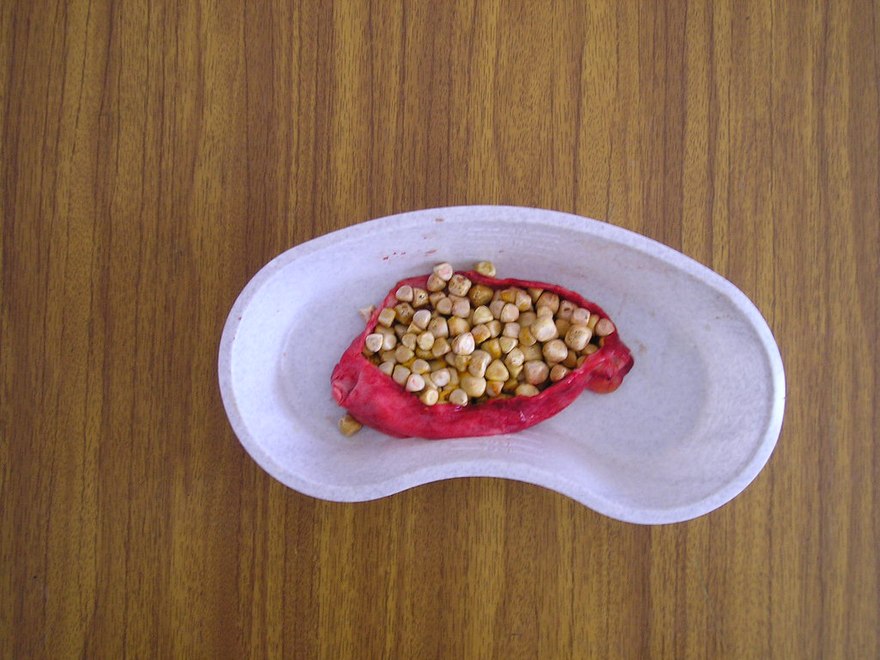
Endoscopic Retrograde Cholangiopancreatography (ERCP)
ERCP is both a diagnostic and therapeutic procedure. It involves inserting an endoscope through the mouth and into the small intestine, allowing visualization of the bile and pancreatic ducts. ERCP can diagnose gallstones in the common bile duct and potentially remove them during the same procedure.
These advanced imaging techniques enable healthcare providers to accurately diagnose gallstones and develop appropriate treatment plans.
Treatment Options for Gallstones: From Watchful Waiting to Surgery
The treatment approach for gallstones depends on the severity of symptoms and the presence of complications. Options range from conservative management to surgical intervention.
Watchful waiting
For asymptomatic gallstones, often referred to as “silent gallstones,” a watchful waiting approach may be recommended. This involves regular monitoring without active treatment, as many people with gallstones never develop symptoms or complications.
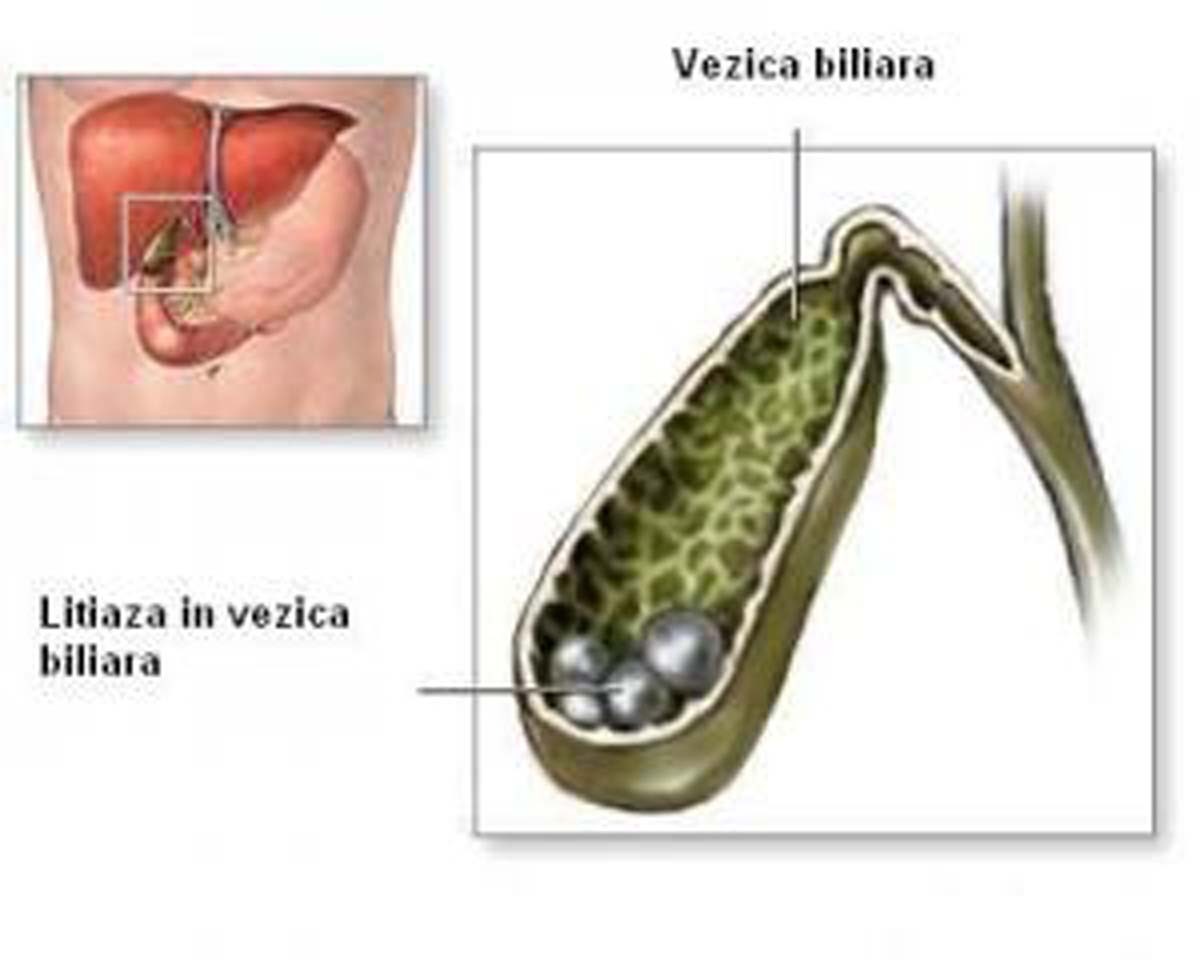
Medications
In some cases, medications may be prescribed to dissolve small cholesterol stones. Ursodeoxycholic acid (Ursodiol) is the most commonly used medication for this purpose. However, this approach is generally less effective than surgery and may take months or years to produce results.
Surgical removal (Cholecystectomy)
For symptomatic gallstones or those causing complications, surgical removal of the gallbladder (cholecystectomy) is the standard treatment. This procedure is typically performed laparoscopically, involving small incisions and a faster recovery time compared to open surgery.
Lithotripsy
In rare cases where surgery is not an option, lithotripsy may be considered. This procedure uses shock waves to break up gallstones into smaller pieces that can pass through the bile ducts.
The choice of treatment depends on various factors, including the patient’s overall health, the size and number of gallstones, and the presence of complications. A healthcare provider will work with the patient to determine the most appropriate treatment plan.

Preventing Gallstones: Lifestyle Modifications and Dietary Changes
While not all gallstone risk factors are modifiable, certain lifestyle changes can help reduce the likelihood of developing gallstones or experiencing complications from existing stones.
Maintain a healthy weight
Obesity is a significant risk factor for gallstones. Maintaining a healthy weight through a balanced diet and regular exercise can help reduce this risk. However, it’s important to avoid rapid weight loss, as this can actually increase the risk of gallstone formation.
Adopt a balanced diet
A diet low in saturated fats and high in fiber may help prevent gallstones. Include plenty of fruits, vegetables, whole grains, and lean proteins in your meals. Some studies suggest that moderate consumption of coffee and vegetable oils may also have a protective effect against gallstones.
Stay hydrated
Drinking adequate amounts of water can help keep bile from becoming too concentrated, potentially reducing the risk of gallstone formation.
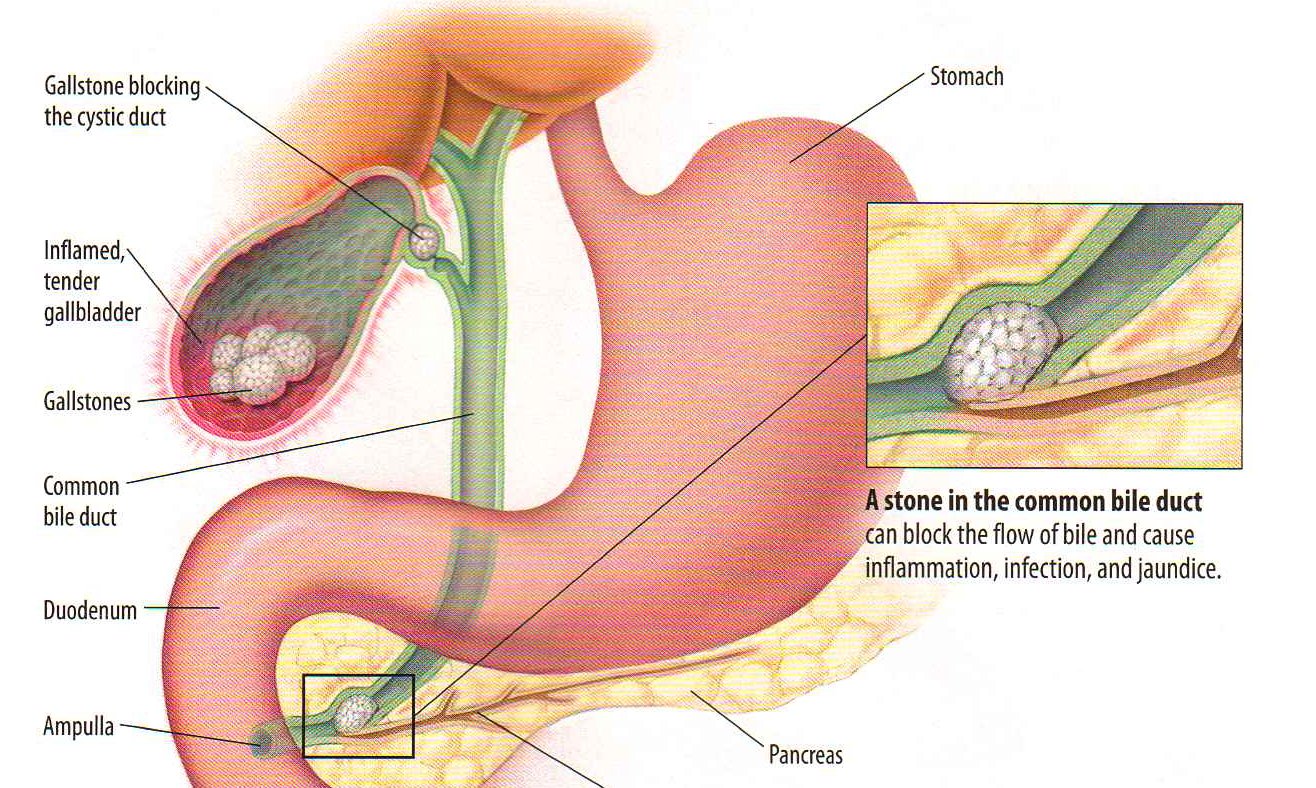
Exercise regularly
Regular physical activity can help maintain a healthy weight and may also reduce the risk of gallstones. Aim for at least 150 minutes of moderate-intensity exercise per week.
Manage underlying health conditions
If you have conditions that increase your risk of gallstones, such as diabetes or high cholesterol, work with your healthcare provider to manage these effectively.
While these preventive measures can help reduce the risk of gallstones, it’s important to remember that some risk factors, such as age and genetics, cannot be modified. Regular check-ups with a healthcare provider can help monitor your gallbladder health and address any concerns promptly.
Living with Gallstones: Long-term Management and Quality of Life
For individuals diagnosed with gallstones, understanding how to manage the condition long-term is crucial for maintaining a good quality of life. Whether you’ve undergone treatment or are managing asymptomatic gallstones, there are several considerations to keep in mind.

Post-surgical lifestyle adjustments
If you’ve had your gallbladder removed, you may need to make some dietary adjustments in the weeks following surgery. While most people can return to a normal diet, some may find it helpful to:
- Gradually reintroduce fatty foods
- Eat smaller, more frequent meals
- Increase fiber intake to help normalize bowel movements
It’s important to follow your healthcare provider’s post-operative instructions carefully to ensure a smooth recovery.
Managing recurrent symptoms
Even after gallbladder removal, some individuals may experience ongoing digestive symptoms. These can include diarrhea, gas, or abdominal discomfort. If you experience persistent symptoms, consult with your healthcare provider to rule out other potential causes and discuss management strategies.
Regular monitoring for asymptomatic gallstones
If you have asymptomatic gallstones that don’t require immediate treatment, your healthcare provider may recommend regular check-ups to monitor your condition. This typically involves periodic ultrasounds to assess stone growth or changes in the gallbladder.
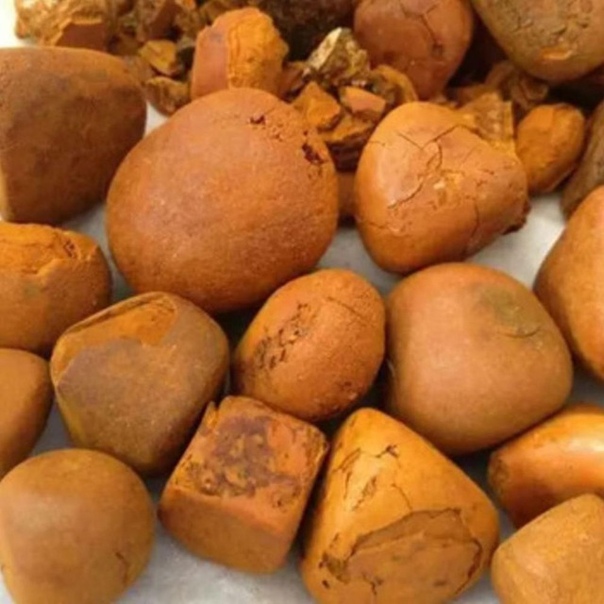
Lifestyle modifications for long-term health
Regardless of whether you’ve had treatment for gallstones, adopting healthy lifestyle habits can benefit your overall digestive health and reduce the risk of future complications. This includes maintaining a balanced diet, staying physically active, and managing stress levels.
Living with gallstones or adjusting to life after gallbladder removal may require some changes, but with proper management and care, most individuals can maintain a high quality of life. Open communication with your healthcare provider is key to addressing any concerns and ensuring optimal long-term health outcomes.
Advances in Gallstone Research: Future Treatment Possibilities
As medical science continues to advance, researchers are exploring new avenues for understanding, preventing, and treating gallstones. These emerging areas of study hold promise for improving gallstone management in the future.
Genetic research
Scientists are delving deeper into the genetic factors that contribute to gallstone formation. By identifying specific genes associated with increased risk, researchers hope to develop more targeted preventive strategies and treatments.
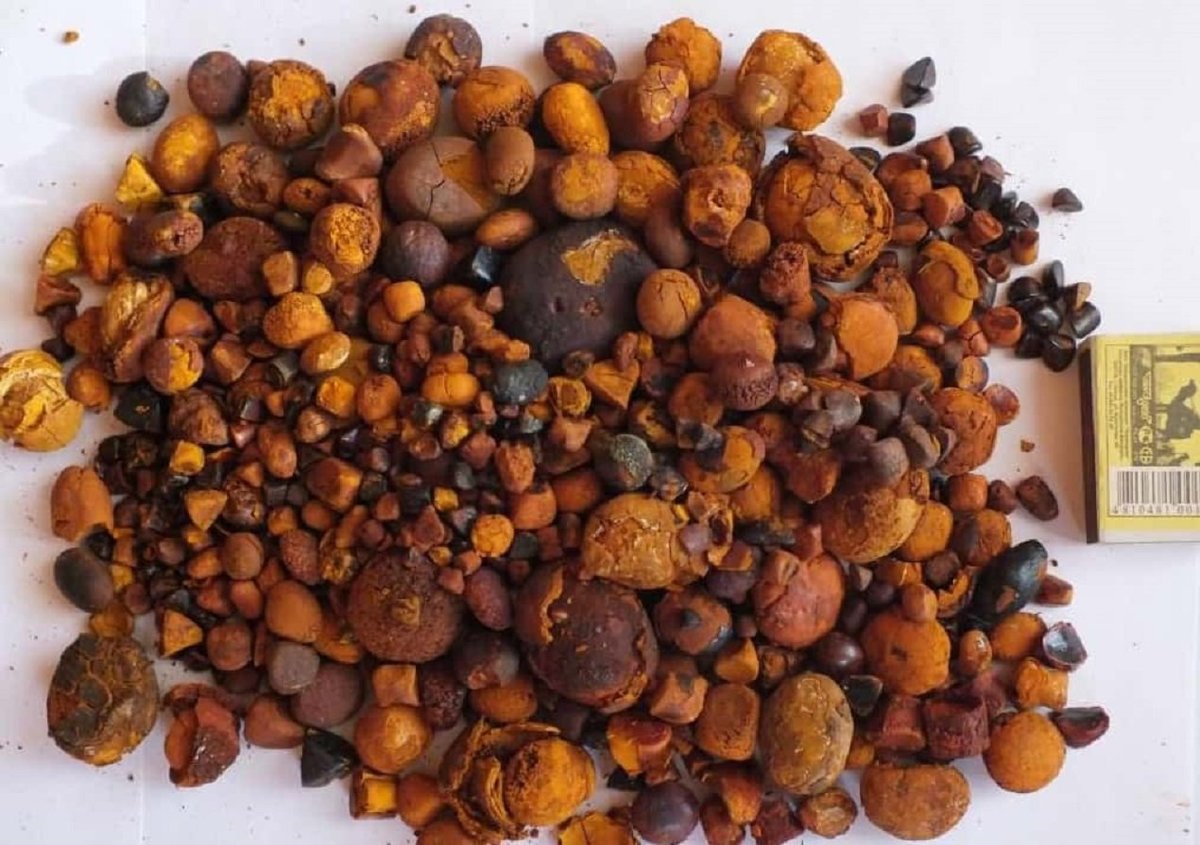
Microbiome studies
Recent research has begun to explore the role of the gut microbiome in gallstone formation. Understanding how the balance of bacteria in the digestive system affects bile composition could lead to new probiotic or prebiotic treatments for preventing or managing gallstones.
Novel drug therapies
Researchers are investigating new medications that could more effectively dissolve gallstones or prevent their formation. These include drugs that target specific pathways involved in cholesterol metabolism and bile production.
Minimally invasive techniques
While laparoscopic cholecystectomy is already a minimally invasive procedure, scientists are exploring even less invasive methods for treating gallstones. These include advanced endoscopic techniques and targeted drug delivery systems.
Personalized medicine approaches
As our understanding of individual genetic and metabolic differences grows, there’s potential for more personalized approaches to gallstone prevention and treatment. This could involve tailored dietary recommendations, targeted medications, or customized surgical approaches based on an individual’s unique risk factors and physiology.

While many of these research areas are still in early stages, they offer exciting possibilities for improving gallstone management in the coming years. As always, individuals concerned about gallstones should consult with their healthcare providers for the most up-to-date and personalized advice based on current medical evidence.
Gallstones, while common, can significantly impact an individual’s quality of life when symptomatic. Understanding the risk factors, recognizing symptoms, and knowing when to seek medical attention are crucial steps in managing this condition. With ongoing advancements in diagnostic techniques and treatment options, the outlook for individuals with gallstones continues to improve. By adopting healthy lifestyle habits and working closely with healthcare providers, many people can effectively prevent or manage gallstones, maintaining optimal digestive health and overall well-being.
Symptoms, Causes, Treatment, and More
Gallstones are deposits of digestive fluid made of solidified substances found in bile, like cholesterol. They are common and may or may not produce symptoms. People with symptoms usually need to have their gallbladders taken out.
Read on to learn more about gallstones, the symptoms they can cause, and how to treat them.
Your gallbladder is a small organ in your upper right abdomen, right below your liver. It’s a pouch that stores bile, a green-yellow liquid that helps digestion. Issues with your gallbladder typically occur when something is blocking its bile duct—like a gallstone.
Most gallstones are created when substances found in bile, like cholesterol, harden. Gallstones are very common and routinely asymptomatic.
However, about 10 percent of people who are diagnosed with gallstones will develop noticeable symptoms within 5 years.
Photo: Bruce Blaus | Wikimedia Commons | https://commons.wikimedia.org/wiki/File:Gallstones. png
png
Gallstones can lead to pain in the upper right abdomen or the center of your stomach. You may experience gallbladder pain from time to time after you eat foods that are high in fat, such as fried foods, but the pain can occur at almost any time.
Pain caused by gallstone issues usually lasts for only a few hours, but it can feel severe.
If gallstones are left untreated or unidentified, the symptoms may increase to include:
- a high temperature
- rapid heartbeat
- yellowing of the skin and whites of the eyes (jaundice)
- itchy skin
- diarrhea
- chills
- confusion
- a loss of appetite
These symptoms can be signs of a gallbladder infection, or inflammation of the gallbladder, liver, or pancreas.
Because gallstone symptoms may mimic the symptoms of other serious issues like appendicitis and pancreatitis, no matter what, if you’re dealing with one or more of these issues — it’s time to see a doctor or get yourself to the ER.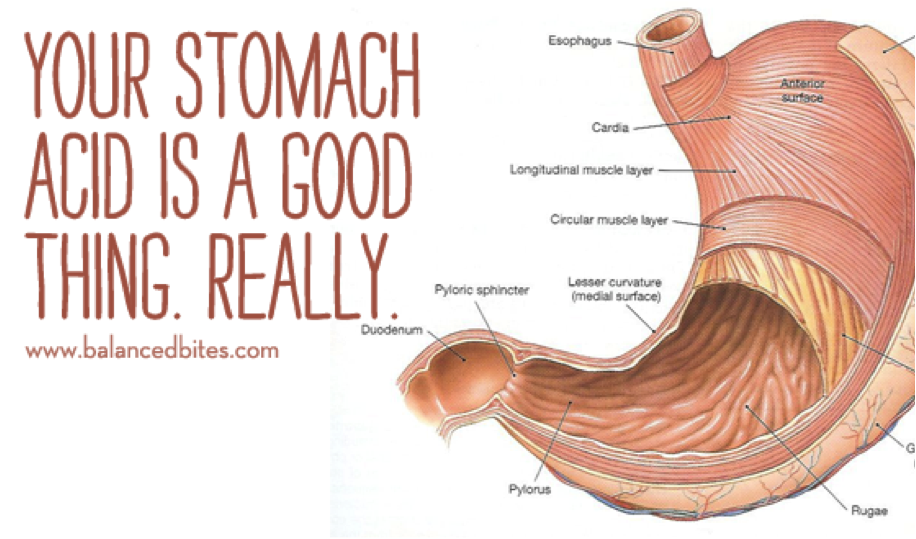
If you need help finding a urologist, then check out our FindCare tool here.
Asymptomatic gallstones
Gallstones themselves don’t cause pain. Rather, pain occurs when gallstones block the movement of bile from the gallbladder.
According to the American College of Gastroenterology, about 80 percent of people who have gallstones have “silent gallstones.” This means they don’t experience pain or have symptoms. In these cases, your doctor may discover the gallstones from X-rays or during abdominal surgery.
The actual cause of gallstones is thought to be due to a chemical imbalance of bile inside of the gallbladder. While researchers still aren’t clear about what exactly causes that imbalance to happen, there are a few possible reasons:
Too much cholesterol in your bile
Having too much cholesterol in your bile can lead to yellow cholesterol stones. These hard stones may develop if your liver makes more cholesterol than your bile can dissolve.
Too much bilirubin in your bile
Bilirubin is a chemical produced during the normal breakdown of red blood cells. After it’s created, it passes through the liver and is eventually excreted out of the body.
After it’s created, it passes through the liver and is eventually excreted out of the body.
Some conditions, such as liver damage and certain blood disorders, cause your liver to produce more bilirubin than it should. Pigment gallstones form when your gallbladder can’t break down the excess bilirubin. These hard stones are often dark brown or black.
Concentrated bile due to a full gallbladder
Your gallbladder needs to be able to empty its bile to function properly. If it fails to empty its bile content, the bile becomes overly concentrated, which can cause stones to form.
Some risk factors for gallstones are related to diet, while other factors are not as controllable. Uncontrollable risk factors are things like age, race, sex, and family history.
Lifestyle risk factors
- living with obesity
- a diet high in fat or cholesterol and low in fiber
- undergoing rapid weight loss
- living with type 2 diabetes
Genetic risk factors
- being born female
- being of Native American or Mexican descent
- having a family history of gallstones
- being 60 years or older
Medical risk factors
- living with cirrhosis
- being pregnant
- taking certain medications to lower cholesterol
- taking medications with a high estrogen content (like certain birth controls)
While some medications may increase your risk of gallstones, don’t stop taking them unless you have discussed it with your doctor and have their approval.
Your doctor will perform a physical examination that includes checking your eyes and skin for visible changes in color. A yellowish tint may be a sign of jaundice, the result of too much bilirubin in your body.
The exam may involve using diagnostic tests that help your doctor see inside your body. These tests include:
- Ultrasound. An ultrasound produces images of your abdomen. It’s the preferred imaging method to confirm that you have gallstone disease. It can also show abnormalities associated with acute cholecystitis.
- Abdominal CT scan. This imaging test takes pictures of your liver and abdominal region.
- Gallbladder radionuclide scan. This important scan takes about one hour to complete. A specialist injects a radioactive substance into your veins. The substance travels through your blood to the liver and gallbladder. On a scan, it can reveal evidence to suggest infection or blockage of the bile ducts from stones.

- Blood tests. Your doctor may order blood tests that measure the amount of bilirubin in your blood. The tests also help determine how well your liver is functioning.
To help improve your condition and reduce your risk of gallstones, try these tips:
- Eat fewer refined carbs (like cookies and white bread) and less sugar.
- Increase your intake of healthy fats, like fish oil and olive oil, which may help your gallbladder contract and empty on a regular basis.
- Eat the proper amount of fiber per day (women need about 25 grams a day, men need about 38 grams a day).
- Get some sort of physical activity every day.
- Keep yourself properly hydrated.
If you plan to lose weight, do it slowly. Rapid weight loss may increase your risk of gallstones and other health problems.
While there is no foolproof way to completely prevent gallstones, cholesterol seems to play a major role in their formation. If you have a family history of gallstones, your doctor may advise you to limit foods with a high saturated fat content. Some of these foods include:
Some of these foods include:
- fatty meat, like sausage and bacon
- cakes and cookies
- lard and cream
- certain cheeses
Because people living with obesity are more predisposed to gallstones, keeping your weight within a moderate range is another way to limit the possibility of their formation.
If your doctor has diagnosed you with gallstones and decides you need surgery to remove them or your gallbladder, the outlook is often positive. In most cases of stone removal, stones don’t return.
If you aren’t able to have surgery and decide to take medication to dissolve the stones, the gallstones can return, so you and your doctor will need to monitor your progress.
If your gallstones aren’t causing symptoms, you will most likely not need to do anything. Still, you may want to make lifestyle changes to prevent them from getting bigger and causing problems.
Symptoms, Causes, Treatment, and More
Gallstones are deposits of digestive fluid made of solidified substances found in bile, like cholesterol. They are common and may or may not produce symptoms. People with symptoms usually need to have their gallbladders taken out.
They are common and may or may not produce symptoms. People with symptoms usually need to have their gallbladders taken out.
Read on to learn more about gallstones, the symptoms they can cause, and how to treat them.
Your gallbladder is a small organ in your upper right abdomen, right below your liver. It’s a pouch that stores bile, a green-yellow liquid that helps digestion. Issues with your gallbladder typically occur when something is blocking its bile duct—like a gallstone.
Most gallstones are created when substances found in bile, like cholesterol, harden. Gallstones are very common and routinely asymptomatic.
However, about 10 percent of people who are diagnosed with gallstones will develop noticeable symptoms within 5 years.
Photo: Bruce Blaus | Wikimedia Commons | https://commons.wikimedia.org/wiki/File:Gallstones.png
Gallstones can lead to pain in the upper right abdomen or the center of your stomach. You may experience gallbladder pain from time to time after you eat foods that are high in fat, such as fried foods, but the pain can occur at almost any time.
Pain caused by gallstone issues usually lasts for only a few hours, but it can feel severe.
If gallstones are left untreated or unidentified, the symptoms may increase to include:
- a high temperature
- rapid heartbeat
- yellowing of the skin and whites of the eyes (jaundice)
- itchy skin
- diarrhea
- chills
- confusion
- a loss of appetite
These symptoms can be signs of a gallbladder infection, or inflammation of the gallbladder, liver, or pancreas.
Because gallstone symptoms may mimic the symptoms of other serious issues like appendicitis and pancreatitis, no matter what, if you’re dealing with one or more of these issues — it’s time to see a doctor or get yourself to the ER.
If you need help finding a urologist, then check out our FindCare tool here.
Asymptomatic gallstones
Gallstones themselves don’t cause pain. Rather, pain occurs when gallstones block the movement of bile from the gallbladder.
According to the American College of Gastroenterology, about 80 percent of people who have gallstones have “silent gallstones.” This means they don’t experience pain or have symptoms. In these cases, your doctor may discover the gallstones from X-rays or during abdominal surgery.
The actual cause of gallstones is thought to be due to a chemical imbalance of bile inside of the gallbladder. While researchers still aren’t clear about what exactly causes that imbalance to happen, there are a few possible reasons:
Too much cholesterol in your bile
Having too much cholesterol in your bile can lead to yellow cholesterol stones. These hard stones may develop if your liver makes more cholesterol than your bile can dissolve.
Too much bilirubin in your bile
Bilirubin is a chemical produced during the normal breakdown of red blood cells. After it’s created, it passes through the liver and is eventually excreted out of the body.
Some conditions, such as liver damage and certain blood disorders, cause your liver to produce more bilirubin than it should. Pigment gallstones form when your gallbladder can’t break down the excess bilirubin. These hard stones are often dark brown or black.
Pigment gallstones form when your gallbladder can’t break down the excess bilirubin. These hard stones are often dark brown or black.
Concentrated bile due to a full gallbladder
Your gallbladder needs to be able to empty its bile to function properly. If it fails to empty its bile content, the bile becomes overly concentrated, which can cause stones to form.
Some risk factors for gallstones are related to diet, while other factors are not as controllable. Uncontrollable risk factors are things like age, race, sex, and family history.
Lifestyle risk factors
- living with obesity
- a diet high in fat or cholesterol and low in fiber
- undergoing rapid weight loss
- living with type 2 diabetes
Genetic risk factors
- being born female
- being of Native American or Mexican descent
- having a family history of gallstones
- being 60 years or older
Medical risk factors
- living with cirrhosis
- being pregnant
- taking certain medications to lower cholesterol
- taking medications with a high estrogen content (like certain birth controls)
While some medications may increase your risk of gallstones, don’t stop taking them unless you have discussed it with your doctor and have their approval.
Your doctor will perform a physical examination that includes checking your eyes and skin for visible changes in color. A yellowish tint may be a sign of jaundice, the result of too much bilirubin in your body.
The exam may involve using diagnostic tests that help your doctor see inside your body. These tests include:
- Ultrasound. An ultrasound produces images of your abdomen. It’s the preferred imaging method to confirm that you have gallstone disease. It can also show abnormalities associated with acute cholecystitis.
- Abdominal CT scan. This imaging test takes pictures of your liver and abdominal region.
- Gallbladder radionuclide scan. This important scan takes about one hour to complete. A specialist injects a radioactive substance into your veins. The substance travels through your blood to the liver and gallbladder. On a scan, it can reveal evidence to suggest infection or blockage of the bile ducts from stones.

- Blood tests. Your doctor may order blood tests that measure the amount of bilirubin in your blood. The tests also help determine how well your liver is functioning.
To help improve your condition and reduce your risk of gallstones, try these tips:
- Eat fewer refined carbs (like cookies and white bread) and less sugar.
- Increase your intake of healthy fats, like fish oil and olive oil, which may help your gallbladder contract and empty on a regular basis.
- Eat the proper amount of fiber per day (women need about 25 grams a day, men need about 38 grams a day).
- Get some sort of physical activity every day.
- Keep yourself properly hydrated.
If you plan to lose weight, do it slowly. Rapid weight loss may increase your risk of gallstones and other health problems.
While there is no foolproof way to completely prevent gallstones, cholesterol seems to play a major role in their formation. If you have a family history of gallstones, your doctor may advise you to limit foods with a high saturated fat content.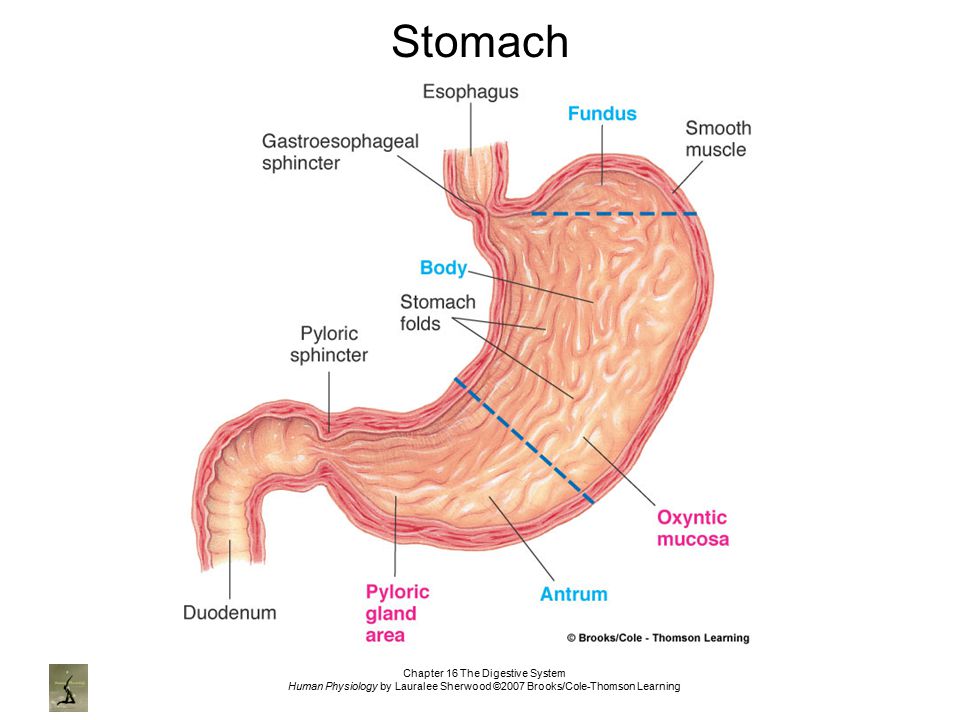 Some of these foods include:
Some of these foods include:
- fatty meat, like sausage and bacon
- cakes and cookies
- lard and cream
- certain cheeses
Because people living with obesity are more predisposed to gallstones, keeping your weight within a moderate range is another way to limit the possibility of their formation.
If your doctor has diagnosed you with gallstones and decides you need surgery to remove them or your gallbladder, the outlook is often positive. In most cases of stone removal, stones don’t return.
If you aren’t able to have surgery and decide to take medication to dissolve the stones, the gallstones can return, so you and your doctor will need to monitor your progress.
If your gallstones aren’t causing symptoms, you will most likely not need to do anything. Still, you may want to make lifestyle changes to prevent them from getting bigger and causing problems.
Bezoar of the stomach. What is a stomach bezoar?
IMPORTANT
The information in this section should not be used for self-diagnosis or self-treatment. In case of pain or other exacerbation of the disease, only the attending physician should prescribe diagnostic tests. For diagnosis and proper treatment, you should contact your doctor.
In case of pain or other exacerbation of the disease, only the attending physician should prescribe diagnostic tests. For diagnosis and proper treatment, you should contact your doctor.
A gastric bezoar is a foreign body that forms in the stomach when certain substances of natural or synthetic origin are swallowed. It is manifested by pain in the epigastrium, loss of appetite, nausea, vomiting, a quickly emerging feeling of fullness when taking a small amount of food. Diagnosis is based on history, radiography of the stomach and gastroscopy. With calculi of soft consistency, patients are shown a warm alkaline drink, the use of enzymatic preparations. With foreign bodies of medium density, endoscopic destruction and extraction of bezoars are used. In case of ineffectiveness of conservative therapy, surgical removal of the stone is performed.
ICD-10
T18.2 Foreign body in stomach
- Causes
- Pathogenesis
- Classification
- Symptoms of stomach bezoar
- Complications
- Diagnostics
- Gastric bezoar treatment
- Prognosis and prevention
- Prices for treatment
General
Bezoar of the stomach (gastric stone) is a calculus of varying density, formed by swallowing substances that are not digested in the stomach.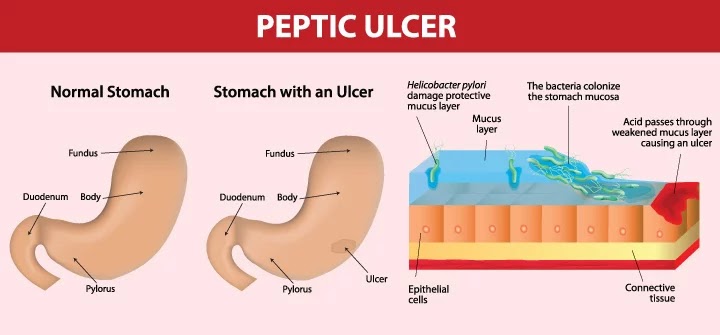 The name of the gastric stone is associated with a breed of mountain bezoar goats, in whose stomachs grayish-blue calculi of wool, mucus and leaves were often found. In domestic gastroenterology, the first mention of pathology occurs at the beginning of the 19th century in the works of the Russian surgeon V.M. Mouse. Gastric stones are rare, beginning 1990s about 400 cases of the disease have been described. Stones can be single, reaching a mass of up to 1 kg, and multiple. The latter are small in size, prone to migration into the duodenum and jejunum.
The name of the gastric stone is associated with a breed of mountain bezoar goats, in whose stomachs grayish-blue calculi of wool, mucus and leaves were often found. In domestic gastroenterology, the first mention of pathology occurs at the beginning of the 19th century in the works of the Russian surgeon V.M. Mouse. Gastric stones are rare, beginning 1990s about 400 cases of the disease have been described. Stones can be single, reaching a mass of up to 1 kg, and multiple. The latter are small in size, prone to migration into the duodenum and jejunum.
bezoar stomach
Causes
Bezoar of the stomach occurs when repeated swallowing of objects of organic or inorganic origin, often with food. There are conditions and conditions that increase the likelihood of bezoars forming:
- Mental disorders. Neurosis, trichotillomania, schizophrenia, mental retardation can cause uncontrolled absorption of inedible substances (plasticine, glue, hair) in large quantities.

- Diseases of the stomach. Insufficient release of hydrochloric acid, slow evacuation of contents into the duodenum due to gastroenterological pathology (gastroparesis, secretory insufficiency) causes the gradual formation of calculi. Excessive reproduction of fungi of the genus Candida in the stomach initiates the formation of fungal bezoars.
- Stomach operations. Postponed surgical interventions (gastric resection, vagotomy) contribute to a decrease in secretory function, indigestion, and the accumulation of indigestible products.
- Violation of food culture. Poor chewing of coarse-fiber heavy foods, swallowing fruit seeds can provoke the formation of a stomach bezoar.
Pathogenesis
The mechanism of formation of gastric bezoars is different, depending on the type of foreign substance and the presence of predisposing factors. A foreign body, entering the body with food or as a result of bad habits, for various reasons, is not digested, but accumulates in the body or the pyloric part of the stomach. With repeated use, the substrate increases in size. Exposure to enzymes of gastric juice causes compaction and hardening of the foreign body. As a result, a bezoar is formed, which grows and can fill the entire volume of the organ. The longer the formation of the stone and its presence in the stomach, the harder it is.
With repeated use, the substrate increases in size. Exposure to enzymes of gastric juice causes compaction and hardening of the foreign body. As a result, a bezoar is formed, which grows and can fill the entire volume of the organ. The longer the formation of the stone and its presence in the stomach, the harder it is.
Classification
Bezoars of the stomach can have a different composition and consistency (loose, dense, hard, elastic). Depending on the origin, the following main types of gastric calculi are distinguished:

There are rare types of gastric stones, which in medical practice are found in isolated cases. Pixobezoars are formed by the use of resin or var. Hemobezoars are formed during prolonged swallowing of blood in patients with nasal and esophageal bleeding. Stones can occur when taking sparingly soluble and insoluble drugs (sucralfate, aluminum hydroxide, activated charcoal). Mixobezoars consist of threads, wool, pieces of wood.
Hemobezoars are formed during prolonged swallowing of blood in patients with nasal and esophageal bleeding. Stones can occur when taking sparingly soluble and insoluble drugs (sucralfate, aluminum hydroxide, activated charcoal). Mixobezoars consist of threads, wool, pieces of wood.
Symptoms of stomach bezoar
The rate of formation of gastric calculi is different, ranging from a few days to decades. It depends on the composition of the foreign substance and the individual characteristics of the patient’s body. With a small size of the calculus, there are no symptoms of the disease. As the bezoar increases, there are painful sensations in the epigastric region, a feeling of heaviness in the stomach, not associated with eating. Patients note rapid saturation with a small amount of food, nausea, vomiting, a feeling of fullness in the abdomen, loss of appetite and body weight. There is frequent belching, which has an unpleasant odor.
In the future, the pain increases, taking on an acute or cramping character. In the abdomen, there is a feeling of a foreign body, which can change location. In persons with asthenic physique, a dense formation in the epigastric region is sometimes palpated. The presence of a bezoar is accompanied by a decrease in immunity, exacerbation of chronic diseases. In children, due to a violation of metabolic processes and hypovitaminosis, hypoproteinemia occurs, swelling of the soft tissues and lower extremities.
In the abdomen, there is a feeling of a foreign body, which can change location. In persons with asthenic physique, a dense formation in the epigastric region is sometimes palpated. The presence of a bezoar is accompanied by a decrease in immunity, exacerbation of chronic diseases. In children, due to a violation of metabolic processes and hypovitaminosis, hypoproteinemia occurs, swelling of the soft tissues and lower extremities.
Complications
Prolonged stay of the bezoar in the stomach leads to the formation of bedsores of the organ wall. Local blood circulation is disturbed, ischemia and necrosis develops with the formation of ulcers. Erosion, stomach ulcers can lead to perforation of the muscle layer and the occurrence of peritonitis and sepsis. A rare complication is intestinal obstruction. When a bezoar stone enters the small intestine and the intestinal lumen is blocked, obstructive intestinal obstruction develops.
Diagnostics
Diagnosis of the bezoar of the stomach causes significant difficulties. This is due to the absence of specific symptoms and clinical manifestations at the initial stage of the disease. To confirm the diagnosis, the following examinations are necessary:
This is due to the absence of specific symptoms and clinical manifestations at the initial stage of the disease. To confirm the diagnosis, the following examinations are necessary:
- Gastroenterologist examination. The specialist, based on the history of life, the course of the disease, and physical examination data, will give a preliminary conclusion and prescribe additional diagnostic procedures.
- X-ray of the stomach with contrast. Allows you to determine the filling defect of an oval or rounded shape with clear edges.
- Fibrogastroduodenoscopy. The main diagnostic method with which you can determine not only the size and shape, but also suggest the origin of the bezoar. During the procedure, the endoscopist takes material to study the composition of the calculus.
To diagnose the disease, an ultrasound of the abdominal cavity is additionally performed. Computed tomography of the upper gastrointestinal tract allows you to determine the exact location, size of the bezoar. Laboratory tests are uninformative, a long course of the disease can cause the development of anemia. The main differential diagnosis of bezoars is carried out with malignant and benign tumors of the stomach. In this case, endoscopic examination with biopsy helps to distinguish stones from neoplasms. Gastric stones are differentiated from swallowed foreign bodies. Of great importance are the data of anamnesis and gastroscopy.
Laboratory tests are uninformative, a long course of the disease can cause the development of anemia. The main differential diagnosis of bezoars is carried out with malignant and benign tumors of the stomach. In this case, endoscopic examination with biopsy helps to distinguish stones from neoplasms. Gastric stones are differentiated from swallowed foreign bodies. Of great importance are the data of anamnesis and gastroscopy.
Gastric bezoar treatment
Treatment of the disease depends on the type, consistency, composition of the calculus and concomitant pathology. With a small size, a gastric stone can come out on its own. Conservative methods of treatment are effective for bezoars of soft and medium consistency, more often of plant origin. Warm alkaline solutions based on soda, mineral water, proteolytic enzymes are administered orally. A light massage of the epigastric region has a positive effect. Patients are shown a sparing diet with a restriction of fruits, meat and fatty foods. Calculi of low density are removed endoscopically. With the help of special tools, the stone is crushed and removed under the control of a gastroscope. In obsessive states, the use of inedible products, a psychiatrist’s consultation is indicated.
Calculi of low density are removed endoscopically. With the help of special tools, the stone is crushed and removed under the control of a gastroscope. In obsessive states, the use of inedible products, a psychiatrist’s consultation is indicated.
With the ineffectiveness of therapy, large and dense bezoars, surgical removal of the calculus is performed. The operation consists in dissection of the stomach (gastrotomy) and removal of the bezoar stone. Indications for surgical intervention are conditions caused by a complication of the disease (intestinal obstruction, peritonitis).
Prognosis and prevention
With timely diagnosis and removal of the bezoar of the stomach, the prognosis is favorable. Conservative and surgical treatment gives good results, in 9Complete recovery occurs in 0% of cases. Ignoring the symptoms of the disease and late diagnosis can lead to a number of serious, sometimes fatal, complications. To prevent the development of a bezoar, people with chronic gastrointestinal diseases or who have undergone stomach surgery are recommended to undergo a dispensary examination by a gastroenterologist once a year. The prevention of the disease includes the control of mentally ill people, the limited consumption of coarse food of plant and animal origin, the rejection of the use of indigestible substances.
The prevention of the disease includes the control of mentally ill people, the limited consumption of coarse food of plant and animal origin, the rejection of the use of indigestible substances.
You can share your medical history, what helped you in the treatment of stomach bezoar.
Sources
- Rare surgical diseases of the stomach. Textbook / Zemlyanoy V.P., Sigua B.V., Danilov A.M. – 2013
- Bezoars of the gastrointestinal tract / Volobuev N.N., Moshko Yu.A. et al. // Crimean Therapeutic Journal – 2011 – No. 1
- Clinical case of bezoar of the stomach and small intestine / Mosiychuk L.N., Bondarenko T.V., Vasilyeva I.A. // Private gastroenterology – 2012 – №1
- This article was prepared based on the materials of the site: https://www.krasotaimedicina.ru/
IMPORTANT
Information from this section cannot be used for self-diagnosis and self-treatment. In case of pain or other exacerbation of the disease, only the attending physician should prescribe diagnostic tests. For diagnosis and proper treatment, you should contact your doctor.
For diagnosis and proper treatment, you should contact your doctor.
Bezoar of the stomach (gastric stone) – “Sensitive”
Stomach bezoar is a rare pathology that occurs when a variety of indigestible substances and objects are swallowed, which eventually form calculi of various densities and sizes. At the same time, either a single formation or several medium-sized objects can be formed.
Causes of a bezoar
This pathology can occur for several reasons. Most often, it provokes the formation of a gastric stone by swallowing particles and objects, both organic and synthetic. Here is a list of possible reasons:
- Psychiatric disorders, neurological disorders and mental retardation, as well as schizophrenia, neuroses and certain types of obsessive-compulsive disorders. Anything that can cause uncontrolled absorption of various objects and substances (plasticine, glue, paper, hair, nails, etc.).
- Disorders of the gastrointestinal tract, a decrease in the amount of hydrochloric acid and insufficiently fast digestion of food with a slowdown in its evacuation further into the duodenum.
 The development of Candida fungi can provoke the formation of bezoars of a fungal nature.
The development of Candida fungi can provoke the formation of bezoars of a fungal nature. - Surgical interventions and violation of postoperative rehabilitation reduce the release of enzymes and the secretory function of the body, and this, in turn, provokes a long digestion of products and the formation of undigested lumps.
- Malnutrition and problems with the oral cavity, teeth. Improper nutrition, insufficient chewing of coarse food, swallowing pieces of bones, seeds of plants provokes the formation of bezoars.
Types of gastric stones
Bezoars have several varieties, different composition and density, it all depends on the method of formation. What formations are most common:
Trichobezoar is a calculus formed by hair that enters the stomach in case of neurotic and mental disorders, which are accompanied by the habit of biting the ends of the hair.
Phytobenzoar – this type of gastric stones is most often diagnosed. It is formed by ingestion of the pits, hard rinds, seeds, and skins of fruits, vegetables, and fruits. A lump is gradually formed, which is covered with mucus and fats, becomes harder and increases in size.
It is formed by ingestion of the pits, hard rinds, seeds, and skins of fruits, vegetables, and fruits. A lump is gradually formed, which is covered with mucus and fats, becomes harder and increases in size.
Stibobezoar is a fatty calculus that appears when excessive consumption of animal fats, lamb meat, lard and fat. Over time, a dense lump of fat mass forms in the stomach.
Lactobesoars are a feature of premature or debilitated infants who are fed artificial high-lactose mixtures with a high content of casein.
Bezoars of embryonic origin – such stones form in utero and most often look like cysts or teratomas with elements of dermis and other particles.
Shellacobesoars are a special type of calculus formed by chemicals such as paints and varnishes that enter the stomach and react chemically with water and gastric juices.
There are several other types of stomach stones, which are rare and are formed by the use of thread, wool, indigestible medicines, resin and other items.
Diagnosis of gastric bezoar
The complexity of this disease is expressed in the absence of specific symptoms. Discomfort in the abdomen, a feeling of heaviness and satiety with a small amount of food rarely causes a person to see a doctor. However, with timely detection, the risk of complications and the need for surgical intervention is reduced.
To make a correct diagnosis, it is necessary to undergo a series of examinations:
- Consultation and examination by a gastroenterologist. Finding out the possible causes of the disease, taking a complete history and physical examination, prescribing further studies.
- X-ray of the stomach with contrast. Allows you to detect a foreign body or formation in the stomach. Its shape, size and location.
- Fibrogastroduodenoscopy. The most reliable way to research. During the procedure, a specialist can take a particle of education for additional research.
- In addition, an abdominal ultrasound may be ordered.



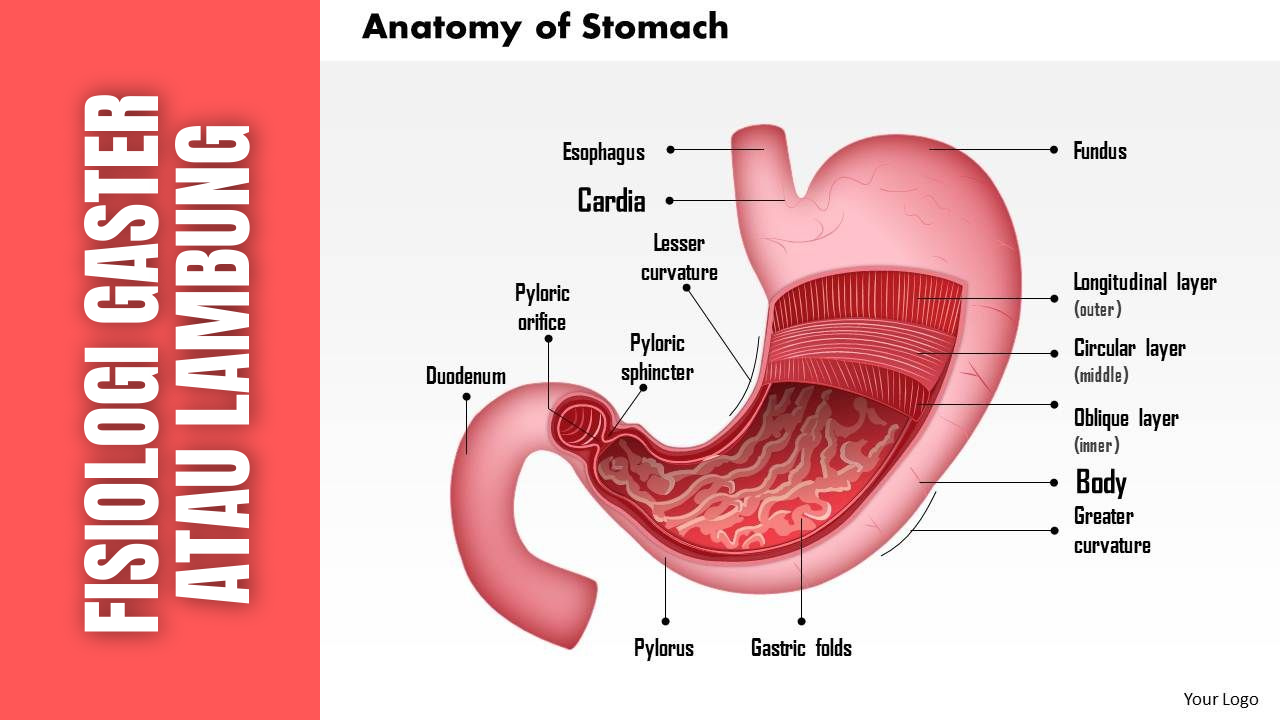

 The development of Candida fungi can provoke the formation of bezoars of a fungal nature.
The development of Candida fungi can provoke the formation of bezoars of a fungal nature.